Why a Field Watch Doesn’t Have to Look Tactical
Buyers Guides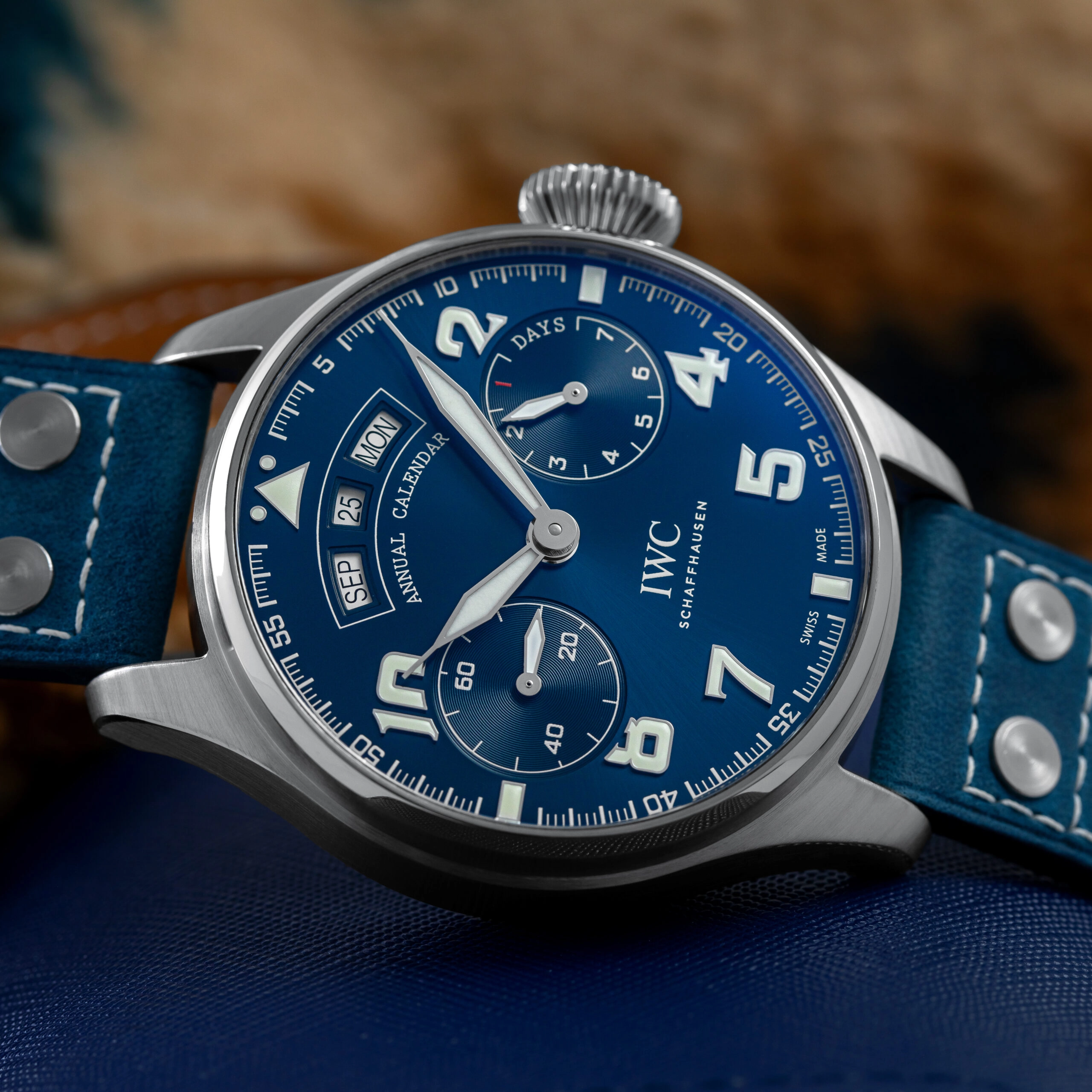
Field watches have always had an honest appeal. Born out of necessity, they were designed to be tough, legible, and dependable tools for soldiers. But over time, the definition narrowed. For many collectors, “field watch” still brings to mind olive drab dials, oversized numerals, and NATO straps. The truth is, a field watch doesn’t have to look like military gear to capture the spirit of the genre. The modern field watch is far more versatile than its tactical stereotype.
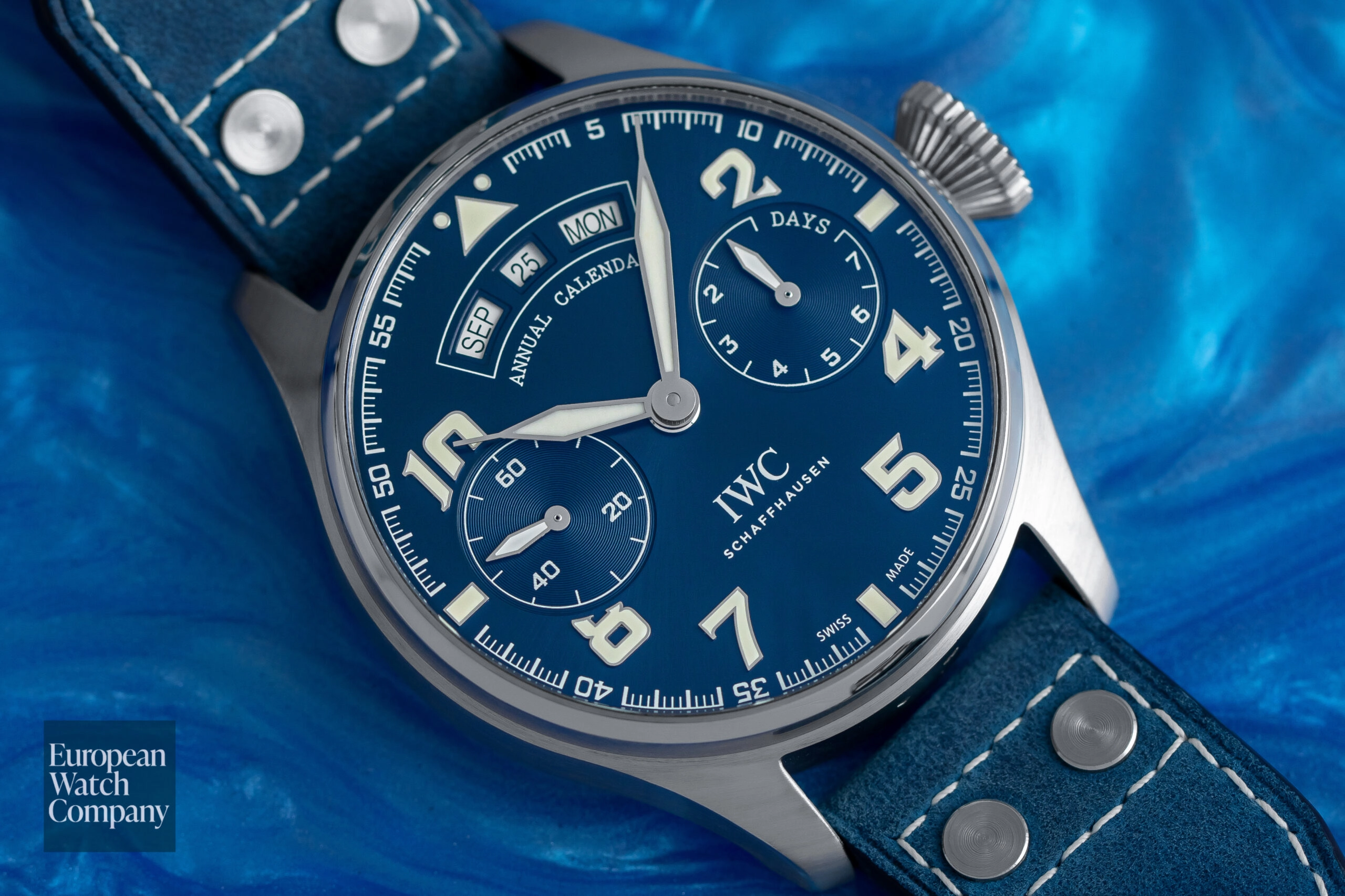
From Trenches to Timeless Style
The first field watches were pure utility. During the World Wars, reliability mattered more than aesthetics. These watches gave us the classic three-hand layout, high-contrast dials, and rugged steel cases. After the wars, they transitioned into civilian life. They remained tough and legible but could now be paired with leather straps and sports coats instead of uniforms.
That dual purpose shaped the decades that followed. Even as brands leaned on military heritage for marketing, the reality was simple: people wanted a watch that could take a beating but also look good off-duty. Vintage pieces from Hamilton, Benrus, and Bulova prove that restraint and versatility have always been part of the DNA.
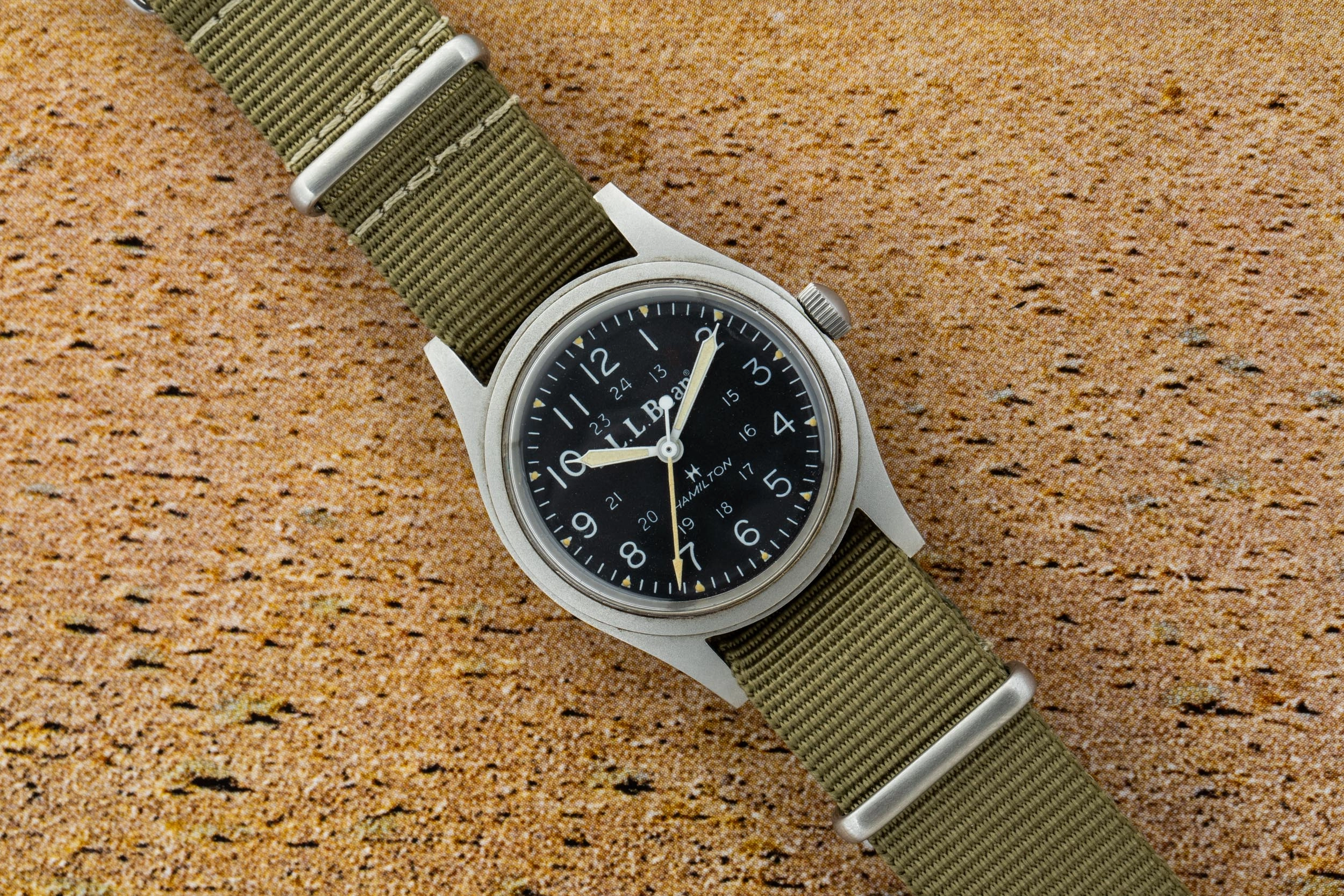
Photo courtesy of Analog Shift.
Modern Interpretations
Today’s field watches are no longer tied to overtly tactical looks. Brands have embraced the genre’s adaptability, creating designs that feel refined without losing credibility as tools. Think of the IWC Mark series or the Longines Heritage Military. Both are inspired by mid-century designs yet sleek enough for modern wear.
We’ve all seen overwrought tactical watches with too many coatings, textures, and straps that feel more cosplay than combat. The best modern field watches avoid that by keeping things simple.
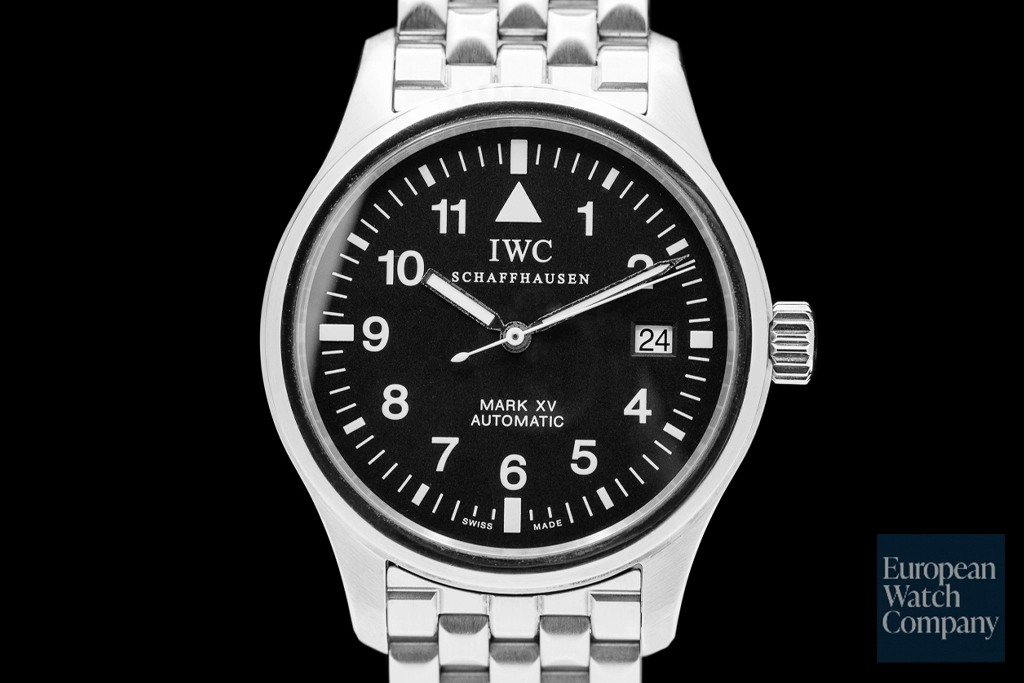
Award-winning watch designer and strategist Max Resnick said the key is balance. “A field watch must meet its intended purpose and withstand realistic use cases, but that doesn’t preclude refinement. Rugged functionality can be built into the construction and manufacturing, while aesthetics need to remain both precise and considered.”
He added that perception is just as important as function. “A design that looks too elegant may undermine confidence in the product, so subtle cues of ruggedness are essential.” That fine line often separates convincing designs from those that miss the mark.
Independent makers have also helped redefine the genre. Henrik Rye, CEO of Micromilspec, a Norwegian company that builds watches for military units, first responders, and special forces, said the modern field watch has become less about shouting “military” and more about proving its versatility. “A field watch was once the very definition of purpose-built. It existed because a soldier needed something robust, simple, and reliable. Today, that functionality still matters, but the context has changed. People want a watch that fits their daily lives, whether that’s hiking, traveling, or sitting in a meeting.”
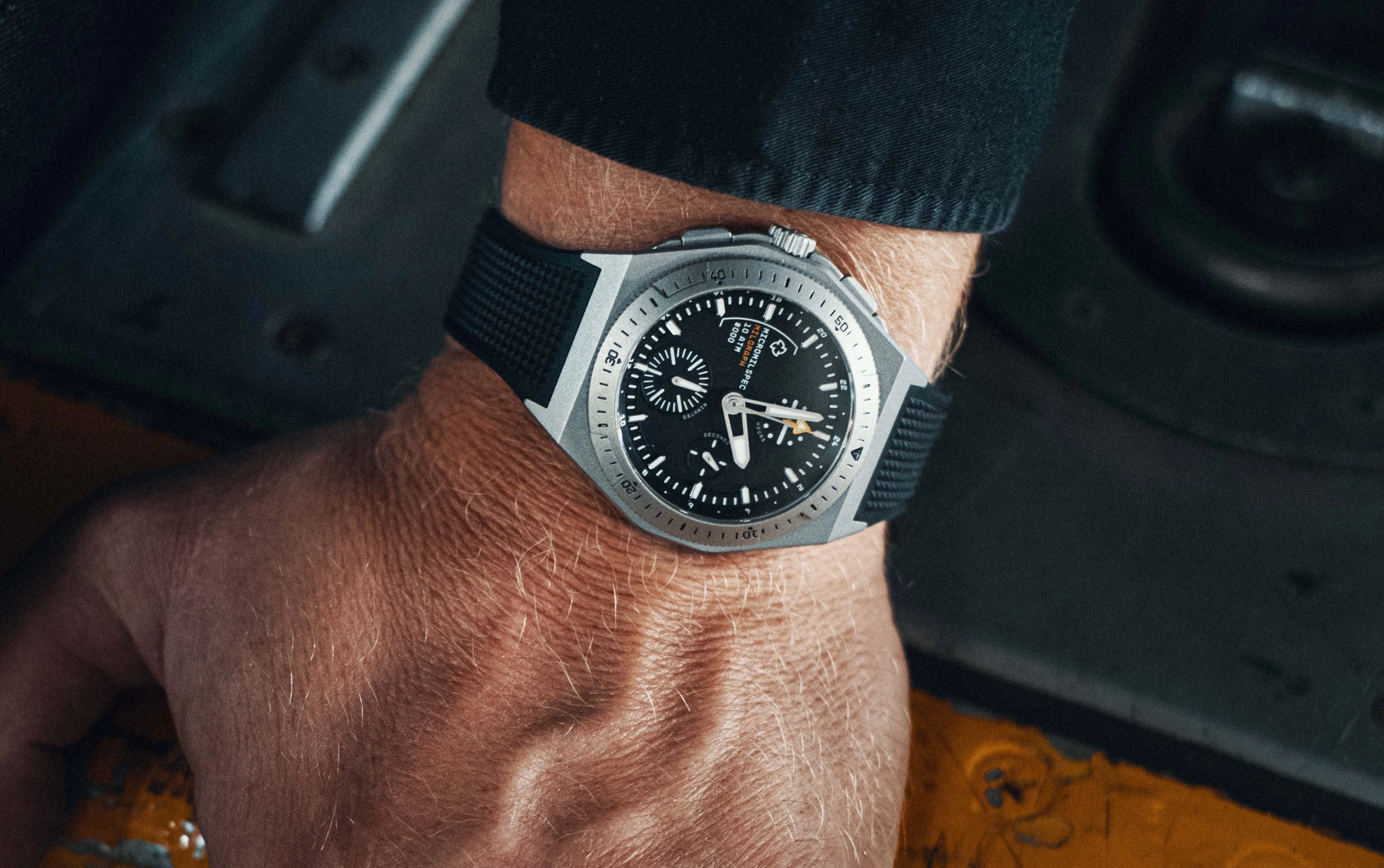
Photo courtesy of Micromilspec
In his view, “the modern field watch has evolved into a symbol of versatility. It’s no longer just about tactical. It’s about a watch that can handle rough conditions without looking out of place in refined ones.”
Why Versatility Matters
Collectors today are less likely to buy a watch for a single environment. The best field watches balance durability and refinement. They need to handle rain, travel, and the occasional knock but also look good in a boardroom or at dinner.
Resnick noted that both heritage and adaptability still matter. “Some buyers connect strongly with military heritage and the credibility that comes from designs evolved over decades. Others are drawn to versatility, with watches suited to modern life. These may have more subtle references to early field designs, to avoid the sense of being ‘military issue.’”
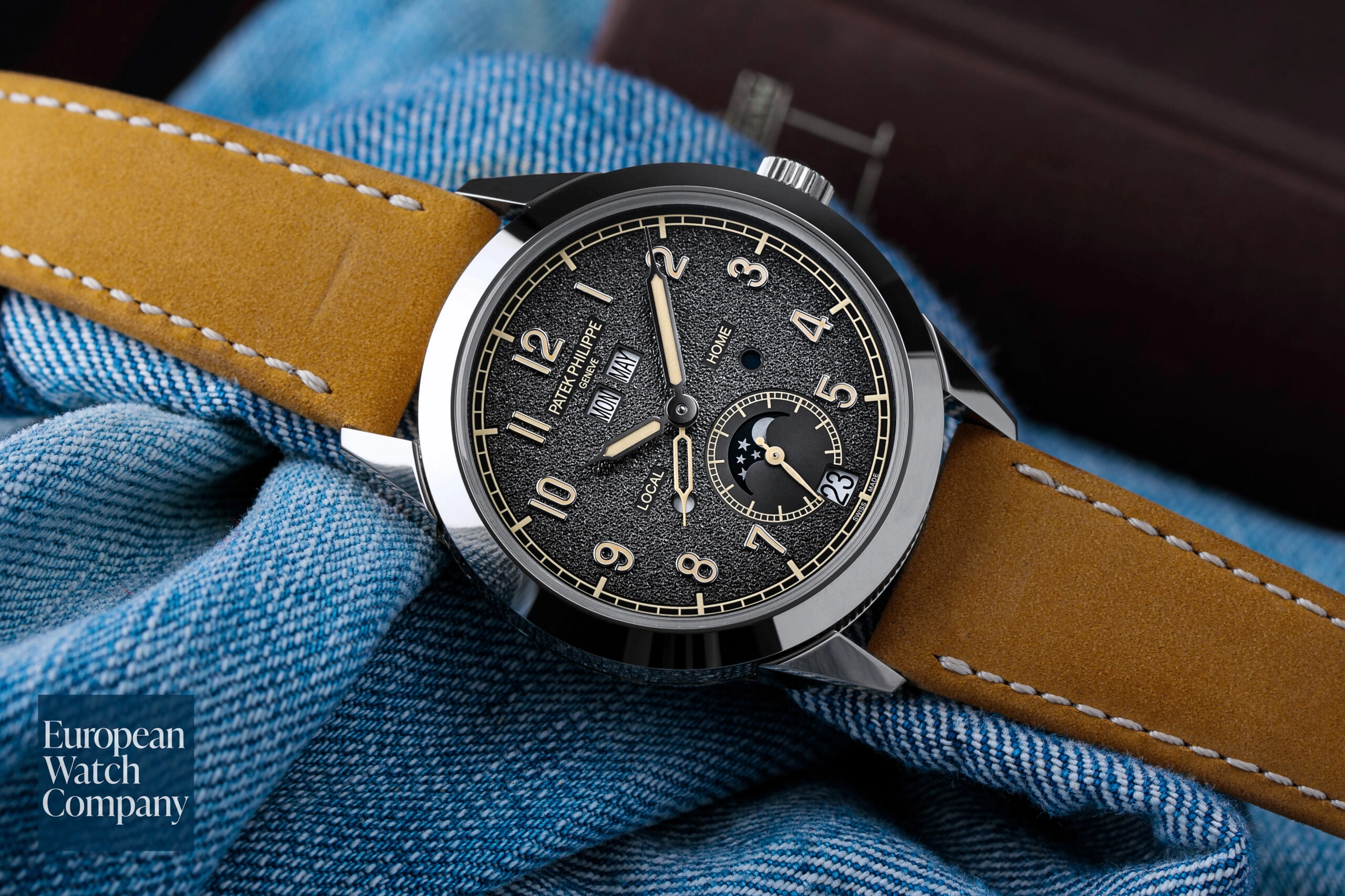
That dual appeal keeps the category relevant. Rye said Micromilspec’s professional work shaped his own outlook. “When you build for professionals, whether in defense, aviation, or rescue, you learn quickly what ‘no compromise’ really means. Every choice has to serve the user. Durability, legibility, and wearability always come first.”
But design identity matters too. “People want a watch that feels authentic and looks good without shouting,” Rye said. “The best modern field watches apply those professional-grade principles in a way that’s approachable and wearable in everyday life.”
The Quiet Strength of the Field Watch
The field watch has outgrown its role as a purely tactical instrument. It now represents something broader: reliability without pretension, toughness with refinement. Vintage examples show that balance has always been there. Modern ones prove it’s still evolving.
It’s the kind of watch you reach for without overthinking, the one that doesn’t need a special occasion. That, in the end, might be the real superpower of the field watch.
For collectors, that’s the lasting appeal. A field watch doesn’t have to shout about its toughness to be taken seriously. Sometimes, quiet confidence is what makes it endure.